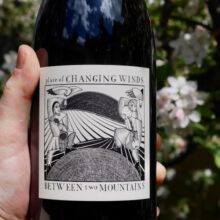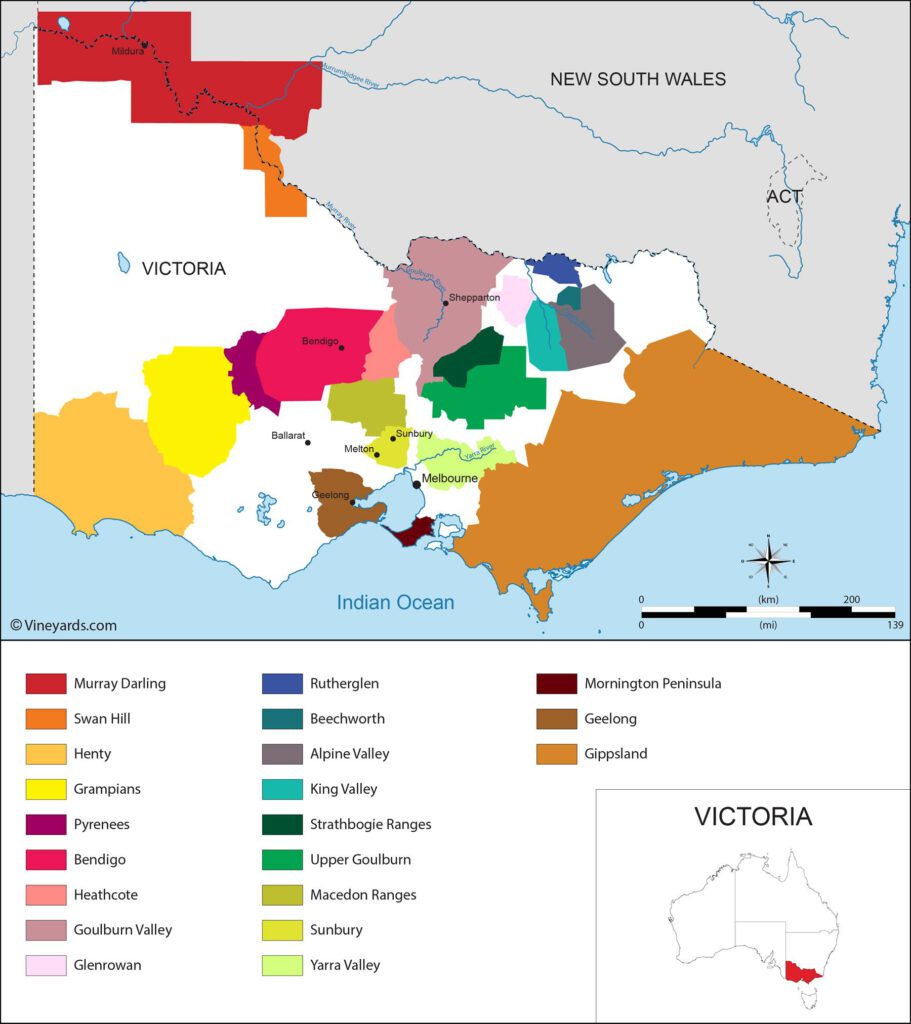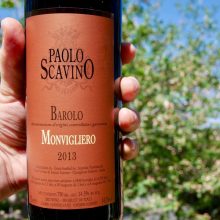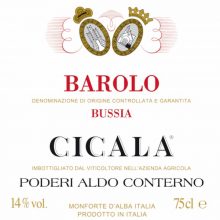
Product information
Place of Changing Winds ‘Between Two Mountains’ Pinot Noir 2021
$118
Description
“Deep crimson-purple; it has an exotic perfumed bouquet, partly from the inclusion of one-third whole bunches, and partly from 18 months maturation in used Stockinger barrels. The power and length of the wine is extraordinary: the “drink to” date should prove conservative. Drink to 2040.”
James Halliday, The Weekend Australian 98 Points
Out of stock








You must be logged in to post a comment.